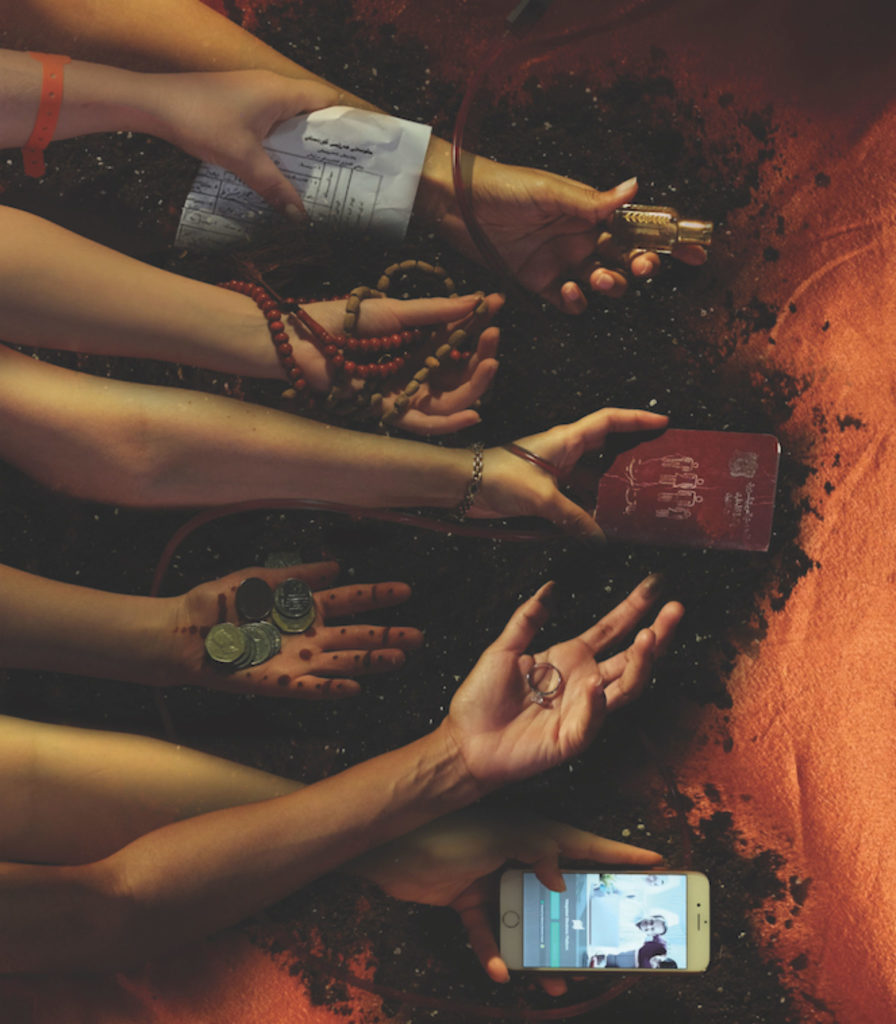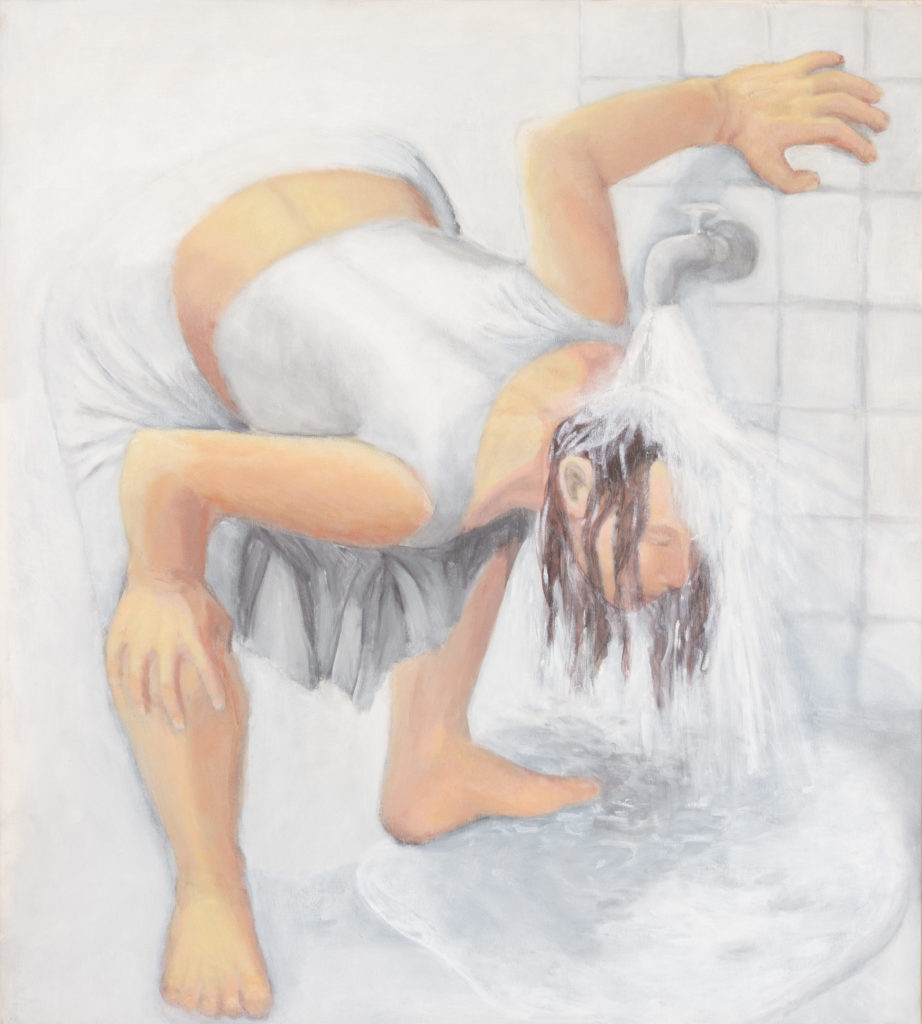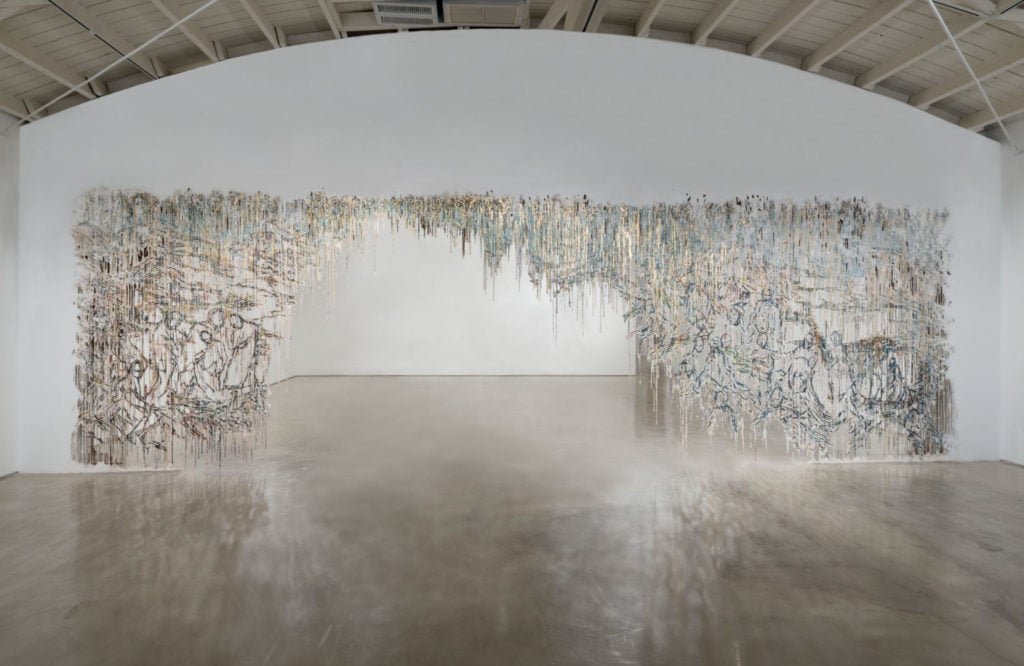Art & Exhibitions
The Inaugural Rabat Biennial Only Includes Female Artists. Its (Male) Curator Explains Why the Move Was Necessary
A third of the work has been specially commissioned by the ambitious new exhibition in the Moroccan capital.

A third of the work has been specially commissioned by the ambitious new exhibition in the Moroccan capital.

Naomi Rea

As museums and galleries recognize that there is a lot more work to be done to address the historic bias against female artists, the gender equality of biennials another other big group shows has also come under increasing scrutiny. This year’s Whitney Biennial included 50 percent female-identifying artists. The main exhibition at the Venice Biennale? 44 percent. But one exhibition has opted to take a more dramatic tack. Enter: the all-female Rabat Biennale.
The inaugural edition of the biennial in the Moroccan capital launches today, September 24, and its main show features 63 artists and collectives, all of whom are female. Highlights include work by leading artists Mona Hatoum, Ghada Amer, and Candice Breitz, sculpture by Sara Favriau and Ikram Kabbaj, and a film by the director Tala Hadid.
The biennial’s curator, the French-Algerian philosopher, art historian, and museum director Abdelkader Damani, tells artnet News that he decided to include only female artists in the central exhibition, which he has titled “An Instant Before the World,” in order to elevate voices that have been silenced in the conventional narrative of art history.
“Equality of men and women is a chief concern of humanity that we should be engaged with,” Damani says. “If you want to rewrite the history of art, you need to create new conditions for how you select the artists, because if you use the same protocol that has been done from the 19th century to now, you are going to end up with about 90 percent of the selected artists being male, and working in English, French, or Spanish.”

Fella Tamzali Tahari, Arachnée (2015). Courtesy the artist, ©Fella Tamzali Tahari.
In his attempt to forge a new history of art, Damani wanted to make space for women, as well as to give Arabic-speaking artists the international exposure they have long been denied. Some 30 percent of the work included will be newly commissioned, and some 50 women writers—novelists, essayists, and poets—will also participate in a conference tied to the biennial. They have been invited to write a new history of art from a female perspective.
Damani is the director of the FRAC Center-Loire Valley, a contemporary art center in central France, and is also the artistic director of the Orleans Architecture Biennial, also in France. But the Moroccan biennial holds a special place in his heart.
“If you want to create the conditions for a new writing of history of art, you need to create the conditions in a new geography,” he says. Morocco, he notes, is at an ideal crossroads as an African country, an Arab country, and also a country from the West. “Don’t forget that the word Morocco in Arabic, al-maghrib al-Aqṣá, means ‘from the Far West,’” he says.
Although Rabat is Morocco’s capital city, it is not the country’s first biennial. The fifth edition of the Casablanca biennial is due to open next year. The Marrakech Biennale, on the other hand, was cancelled in 2018 due to lack of funds. Damani wanted to do something different in Rabat. First, the biennial has impressive political support, plus a budget of MAD10 million (around $1 million), funded by the National Foundation of Museums of Morocco and backed by the King Mohammed VI. Second, he says, it will attempt to involve the entire city.
“A biennale is not just an exhibition—it’s something that happens on the scale of a city,” Damani says. Where other biennales may have secured international visitors and tourists, he argues that they have often failed to fully involve the local population.

Diana Al Hadid, Smoke Screen (2015). Courtesy Marianna Boesky Gallery ©Diana Al Hadid. Photo ©Joshua White.
A UNESCO World Heritage Site, Rabat already attracts international visitors (although the majority head for Marrakech). The biennale will make the most of Rabat’s historic sites, including the Rottembourg Fort, as well as new spaces such as the Mohammad VI Museum of Modern and Contemporary Art.
The event also promises to engage locals, offering free entry and presenting work in a variety of disciplines, from visual art to music to film to performance as well as street art by the popular Moroccan artist Futura and a series of rising talents. Outside the main exhibition, the biennale will also offer a platform to a few carefully selected male artists, including Mohamed El Baz.
The Rabat Biennale runs from September 24 through December 18 at various venues in Rabat, Morocco.